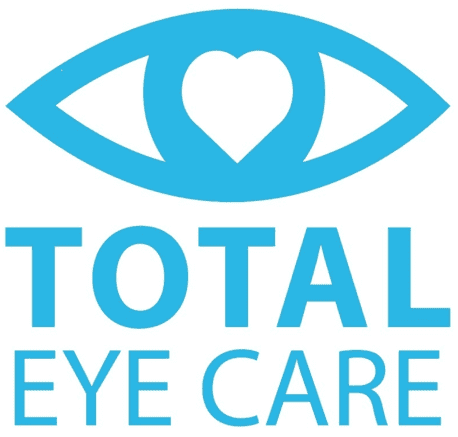DENIAL OUR MAIN BLIND SPOT

Denial our main blind spot
A FRIENDLY nudge from behind. That’s how 34-year-old Claudia Fuentes describes her first stroke.
It was late June 2004, and she was at work managing a Brisbane petrol station. A bump in the back from a colleague caused her to fall over. Or so she thought.
Four weeks later, putting on makeup in readiness for a family night out on the Gold Coast, Ms Fuentes was felled by a crippling headache.
An ambulance was called. There was a visit to a nearby hospital. Diagnosis: migraine. Treatment: pain-killers and rest.
“But I didn’t feel well and I couldn’t see much at all – just a pinhole – but I put it down to the headache,”
she said.
The pain and loss of vision persisted, and the next day Ms Fuentes’ mother insisted she visited a Brisbane doctor who immediately sent her to the Mater Private Hospital.
“I had more visual tests and he (the doctor) tested my blood pressure, which was extremely high,” she said.
After several more tests, including an MRI, the then 32-year-old was told she’d had one of two things: a heart attack or a stroke.
“I asked if there was a third option,” she said, laughing.
A neurologist confirmed that Ms Fuentes had had two strokes.
Although she experienced some physical weakness as a result, the long-term effect has been loss of sight – she now has just 15 per cent sight in each eye.
Ms Fuentes is just one of more than half a million Australians with low vision – of which only 3 per cent access services that could greatly improve their lives.
More than 80 per cent of vision loss is caused by five conditions:
- Age-related macular degeneration – a degeneration of the central part of the retina. About a quarter of people who live into their 90s will eventually lose vision from this condition.
- Cataract – a clouding of the clear lens of the eye.
- Diabetic eye disease – when tiny bloody vessels inside the retina at the back of the eye are damaged.
- Refractive error – includes myopia (short-sightedness) and hyperopia (long-sightedness) or astigmatism. Refractive errors mean an image is not focused properly on to the retina, the light-sensitive tissue in the back of the eye.
- Glaucoma – a group of eye diseases that slowly destroy the optic nerve. Queensland University of Technology School of Optometry associate professor Dr Jan Lovie-Kitchin said vision loss could be overwhelming.
“Because it’s an older person’s disease – people who are over 60, and particularly over 70, are most commonly affected – and it’s a time when they are wanting to slow down a bit and do lots of reading and driving to visit friends and go to movies,” she said.
“So losing that detailed vision can be quite distressing.”
The misery caused by vision loss permeates every aspect of a person’s life, but the most significant for most is the restriction on reading.
Medication labels, books, computers, post, television – even dials on the stove or radio – are all part of a person’s life that keeps them in touch with the world.
Vision 2020 Australia is an organisation that raises awareness of the issues surrounding vision loss and the services available to people with it.
Vision 2020 Australia CEO Jennifer Gersbeck said older people who lost their sight as they aged might be in denial about their vision loss.
“They might not relate to the services – for example with the guide dogs and the Royal Blind Foundation, they have ‘blind’ in the name so people often will think that’s not for me, I’m not blind,” she said.
“And yet these organisations offer services for people with low vision.”
The low-vision services on offer train people to deal with difficulties such as catching public transport.
“There’s also denial – I’m not losing my sight, I’m just getting old and I’ll be fine,” Ms Gersbeck said.
For people like Claudia Fuentes, whose lives are turned upside-down when they are robbed of all or part of their vision, a gentle nudge in the right direction can help their world get back on to its axis.
For more details visit www.vision2020Australia.org.au or phone 1300 102 020 Eye opening facts
* More than 500,000 Australians are blind or vision-impaired – a figure that is expected to reach more than a million in 20 years.
* Only 3 per cent of these people access services that could significantly improve their lifestyles.
* About three-quarters of blindness and vision loss can be prevented or treated.
* About half of Australia’s population fear blindness as much as they fear contracting cancer or having a heart attack.
* The direct health costs of treating eye disease were calculated at $1.8 billion in 2004 and the cost to the community in the past decade has doubled.
* Every five seconds, one person in the world goes blind and a child goes blind every minute.
SOURCE: The Courier-Mail – Australia
